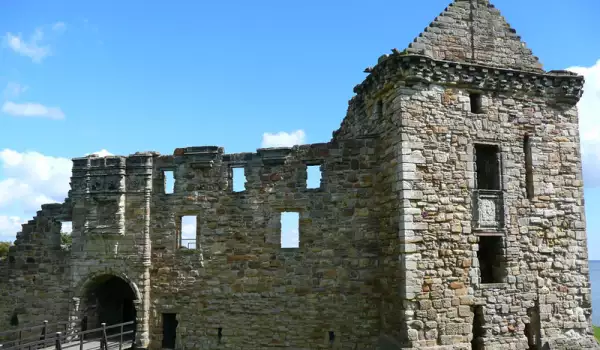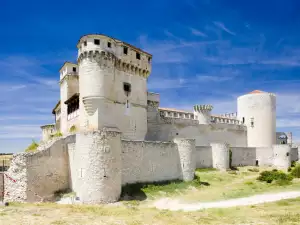St Andrews Castle

St. Andrews was considered Scotland's ecclesiastical capital in the past. This small town is situated on the North Sea in eastern Scotland. The coastal area called District Fife and St. Andrews Ligier are about 40 km north of Edinburgh and 13 km to the south of Dundee.
St. Andrews Church remains the capital of Scotland to the 18th century. The city has the oldest Scottish university, founded in 1413. Nowadays, St. Andrews is an important golf center.Other landmarks are the ruins of the grand old cathedral to the beach, built in 1158 but destroyed during the Reformation and St. Andrews Castle, built in the 13th century and the tower of St. Ruls, built in 12th century.

St. Andrews Castle or rather its ruins stand majestically on a rocky cape, which overlooks a small beach called, Castle Sands. The original castle was built there even at the time of Bishop Roger, 1189-1202. The castle has emerged as a major religious center until the time of the Protestant Reformation in Scotland.
During the Reformation, St. Andrews Castle was collapsing and re-nominated. What today can be seen remains of the fort St. Andrews is a tribute to a Scottish bishop who devoted his life to preserving the spirit of this place. The castle stayed prominent to the noblemen and dangerous villains died in the sinister prison, which is still preserved.
The name of the coastal town of St. Andrews and the castle and cathedral, called likewise comes from the name of the patron saint of Scotland. The mysterious ruins of St. Andrews now stand among the beautiful green grass. The Cathedral of St. Andrews was built for nearly two centuries, and today it is still a symbol of the nation. Unfortunately, during a storm in 1409 the south gable was destroyed.
Today the St. Andrews Castle can be entered only against an entrance fee. The tourist center was built for the convenience of visitors which includes a souvenir shop and a cafe.















